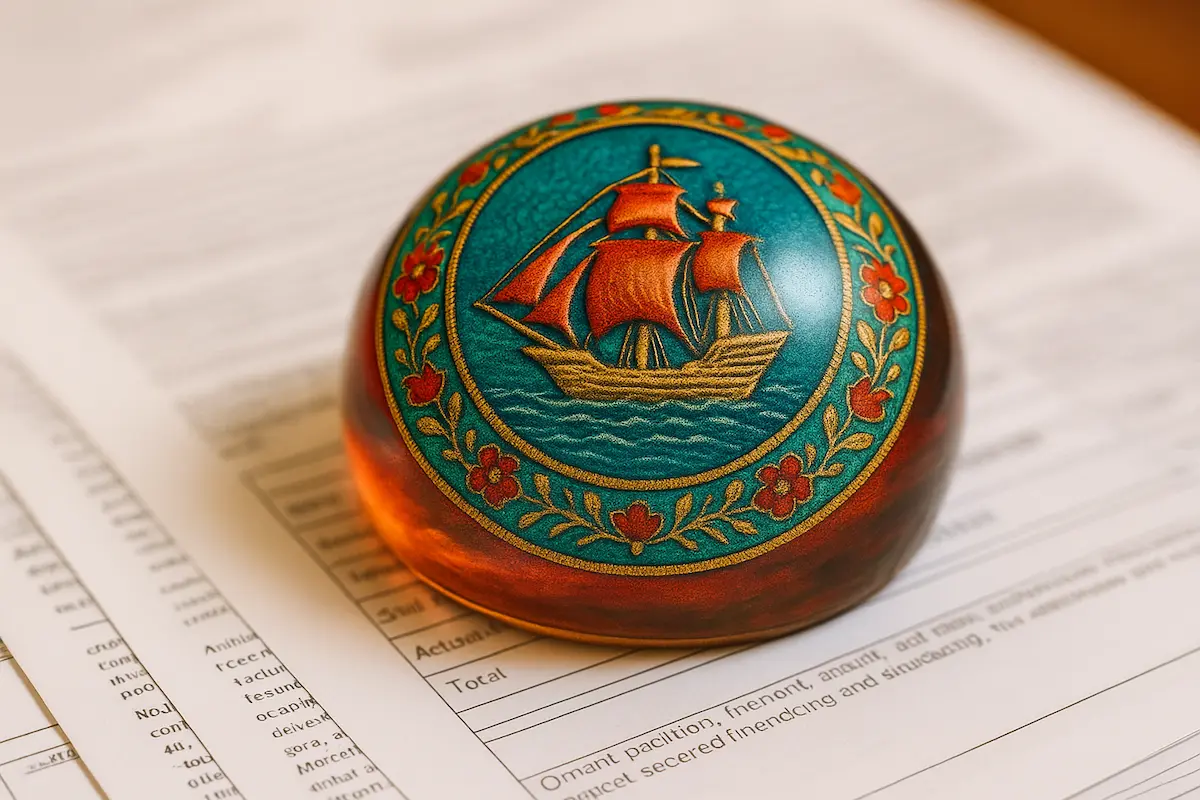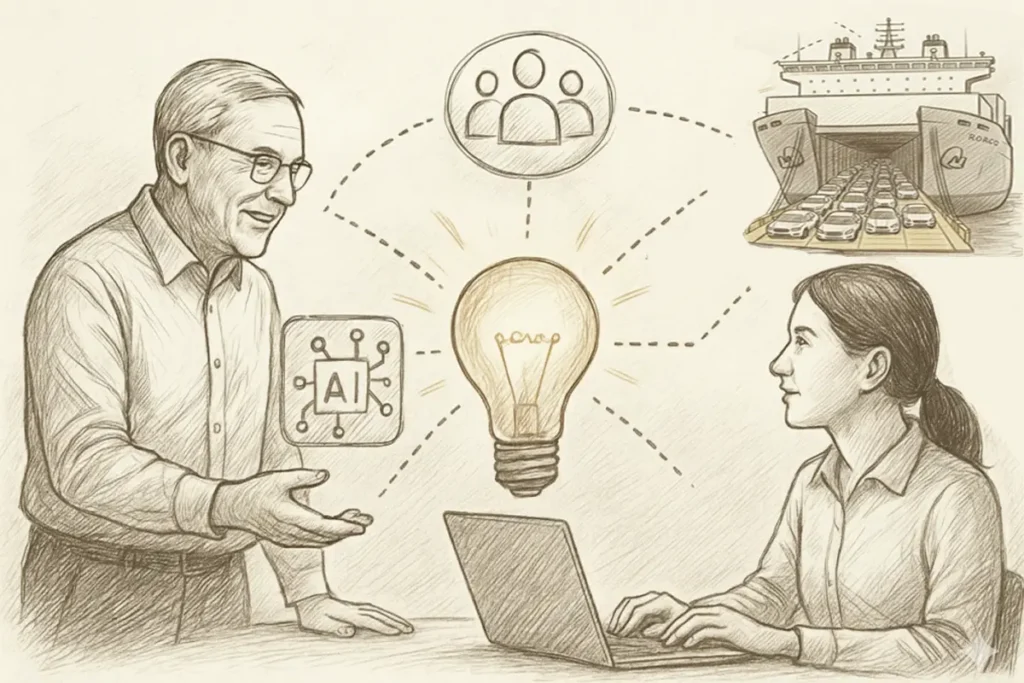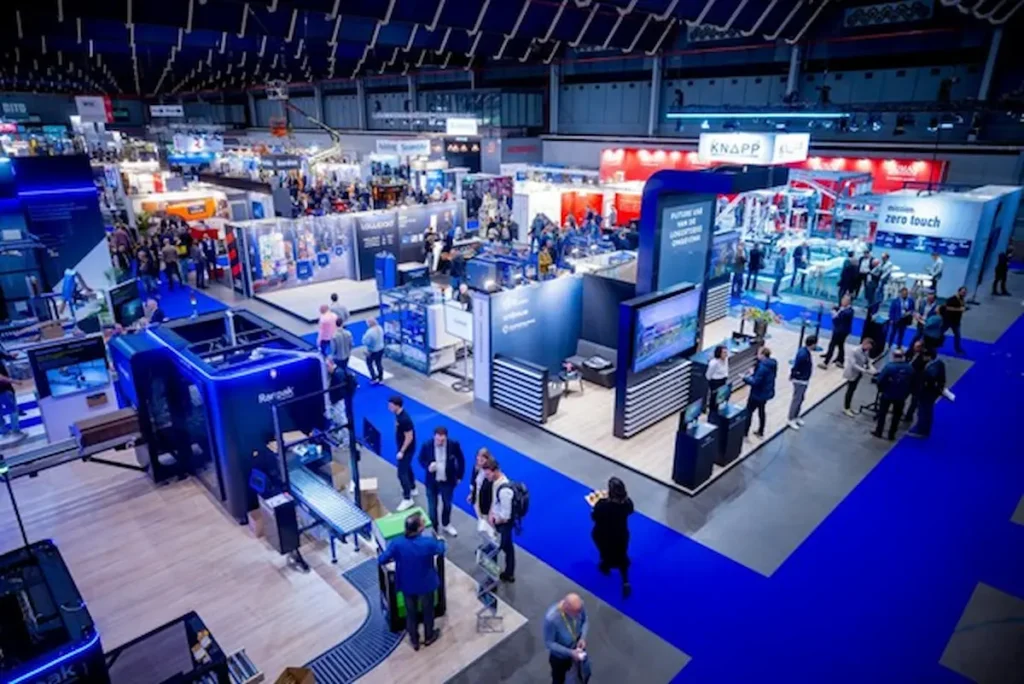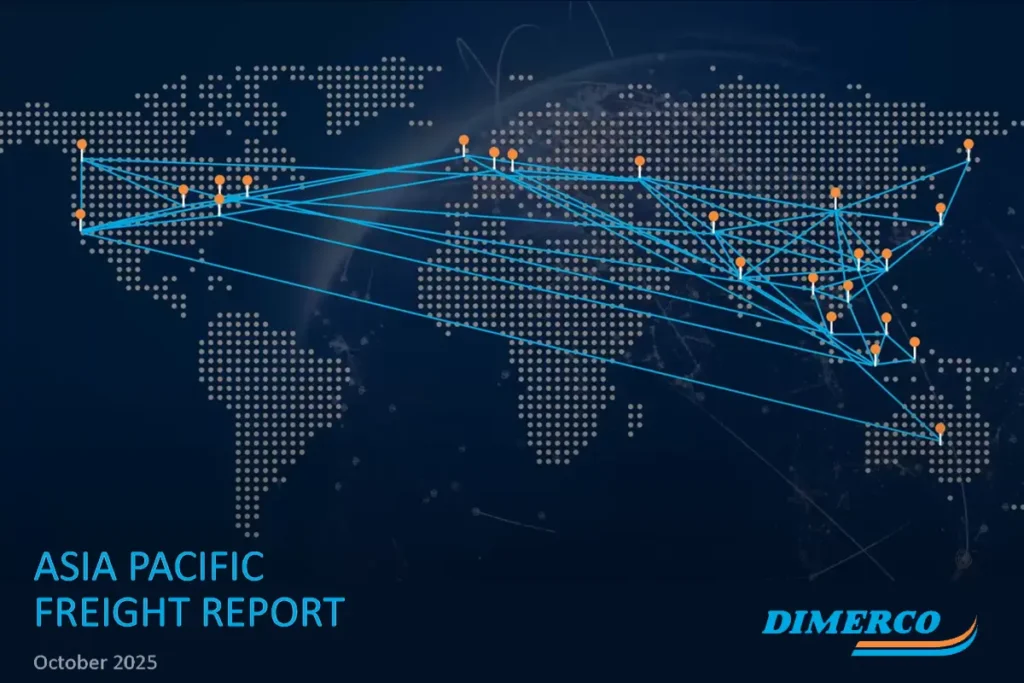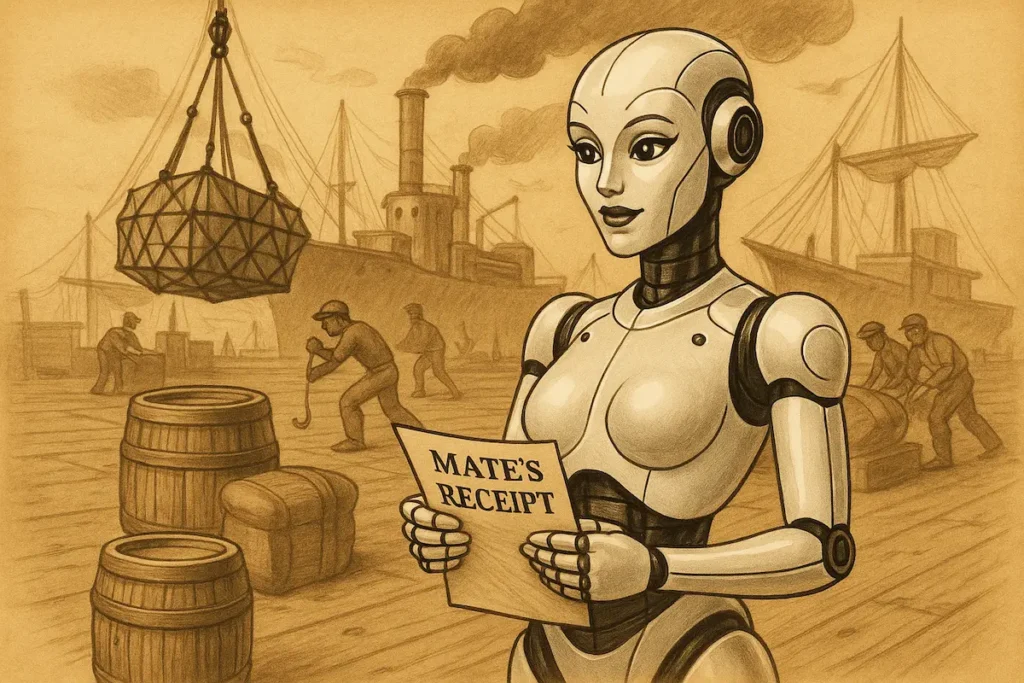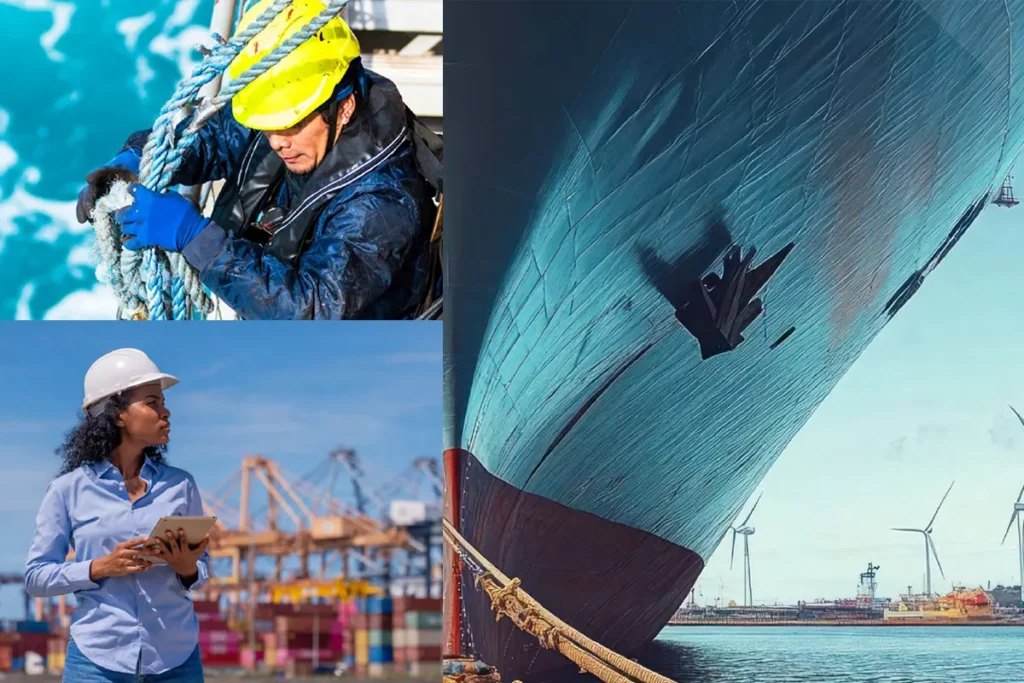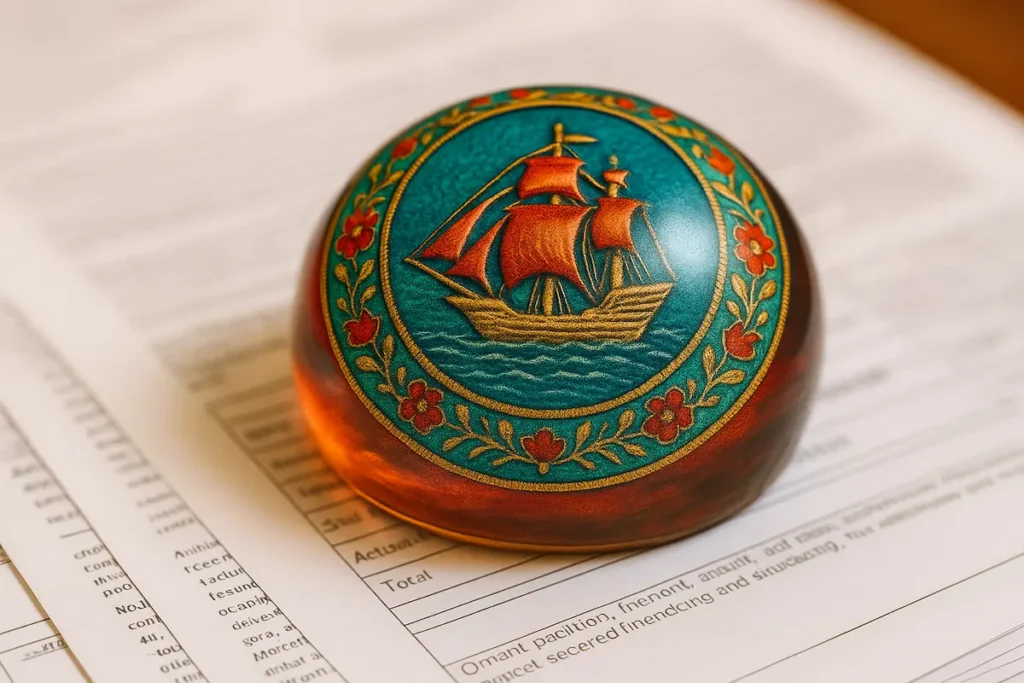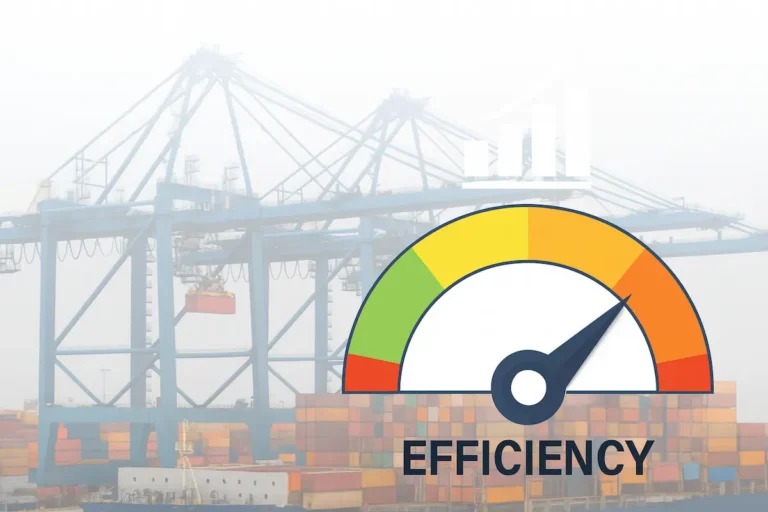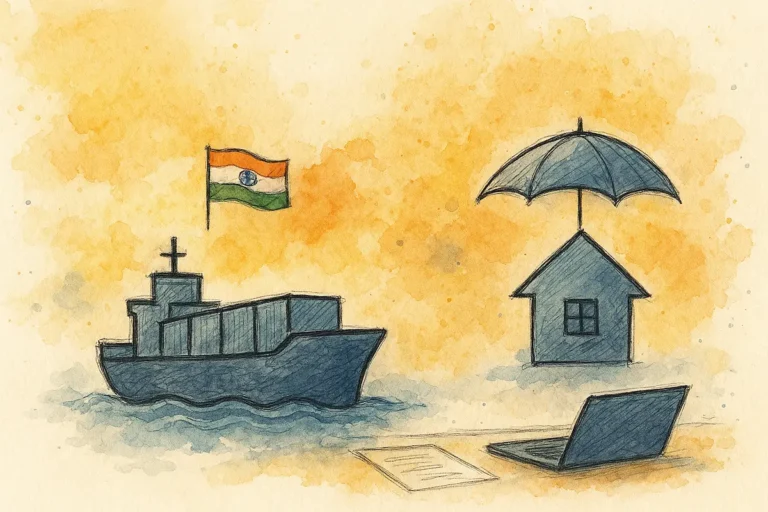For centuries, international trade has been bound by paper.. Bills of lading, Bill of Exchange, Letters of Credit, Certificates of Origin, and customs declarations have acted as the lifeblood of trust between buyers, sellers, banks, and regulators..
Even today, in 2025, billions of transactions every year still depend on the printing, stamping, and couriering of these documents across the world..
The paradox is striking.. Trade flows at digital speed, yet documentation still crawls at the pace of ink and paper.. But change is no longer an option, it is inevitable..
The future of trade documentation is not just about going paperless, it is about building digital trust that can be recognised across borders, industries, and regulators..
Why paper has lasted so long
Many industry outsiders ask: why has trade clung to paper for so long when almost every other sector has digitalised..?? The answer lies in the nature of trade documents..
A bill of lading is not just a transport document, it is also a document of title and evidence of contract of carriage.. A letter of credit is not simply a payment instruction, it is a legal guarantee backed by complex conditions..
Paper offered tangibility and legal certainty in courts where digital alternatives were not yet trusted..
Another reason has been fragmentation.. Every country has its own legal framework, every bank its own compliance checklist, and every carrier its own documentation standard.. With no global alignment, paper remained the lowest common denominator..
From digitisation to digitalisation
The first wave of change was simple digitisation, turning paper into scanned PDFs or emails.. This was convenient, but it did not address trust, interoperability, or fraud..
A scanned bill of lading could still be tampered with, and a PDF was no more machine-readable than its paper equivalent..
The second wave – digitalisation – is what we are witnessing today.. It is about creating documents that are born digital..
These documents are machine-readable, tamper-proof, and interoperable.. They can flow seamlessly across borders and systems, checked instantly by customs authorities, banks, and counterparties..
Key drivers of digital trust in trade
-
Legal recognition through MLETR
The UNCITRAL Model Law on Electronic Transferable Records (MLETR) is the legal backbone for recognising digital trade documents as equivalent to paper..
Many countries like Singapore, Bahrain, and the UK have already enacted MLETR-based/aligned/compatible laws, and many others are moving in the same direction.. This ensures that an electronic bill of lading or digital promissory note has the same legal standing as its paper version..
-
Standards through ICC and UN/CEFACT
The ICC Digital Standards Initiative (DSI) and UN/CEFACT data models are creating common frameworks for data exchange.. This means a bill of lading issued in Shanghai can be recognised and processed in Rotterdam without re-keying information..
-
Technology platforms and interoperability
Blockchain platforms, API-driven systems, and cloud-based documentation tools are making digital trade more secure and accessible.. But the future is not about one platform winning over another, it is about interoperability across ecosystems..
That is why industry groups such as the FIT Alliance (BIMCO, DCSA, FIATA, ICC, SWIFT) and GSBN are working on aligning digital document formats..
-
Regulatory pressure and supply chain resilience
The COVID-19 pandemic and the Suez Canal blockage exposed the fragility of paper-based systems.. Containers sat idle because original bills of lading were stuck in courier depots.. Banks struggled to process paper letters of credit during lockdowns.. These shocks accelerated regulatory momentum towards mandating paperless processes..
Why this matters for the shipping industry
For carriers, shippers, and freight forwarders, going paperless is not simply a cost-saving measure.. It is about resilience, speed, and trust..
- Faster clearance: Electronic documents can be pre-submitted and validated before vessels even arrive at port..
- Lower risk: Tamper-proof records reduce the risk of fraud, lost cargo, and disputes..
- Stronger compliance: Automatic alignment with customs and trade finance requirements reduces costly errors..
- SME inclusion: Smaller exporters who cannot afford delays gain faster, cheaper access to markets..
Take the case of electronic bills of lading (eBLs).. Adoption is still under 10%, but momentum is growing rapidly..
Barriers that remain
The future may be digital, but the present is still messy..
- Patchy legal frameworks: Not all countries have adopted MLETR-based laws yet.. This means digital documents may not be enforceable everywhere..
- Technology silos: Competing platforms sometimes create new fragmentation instead of solving it..
- Cost concerns: SMMEs fear the cost of adopting new digital tools without a clear ROI..
- Cultural inertia: Some stakeholders still prefer the comfort of physical signatures and rubber stamps..
Looking ahead: the digital trust ecosystem
The real breakthrough will come when trade documents are not just digital, but connected.. Imagine a world where
- a smart contract triggers the requisite trade documents
- initiates insurance coverage,
- digital letter of credit validates an electronic bill of lading and digital trade documents
- which in turn triggers a customs pre-clearance and
- eventually issuance of a delivery order..
This is not science fiction, it is the vision being pursued by organisations such as the World Trade Organization (WTO) through its Trade Facilitation Agreement, the International Chamber of Commerce (ICC) through the DSI, and regional trade blocs through their paperless trade frameworks..
The ultimate goal is a digital trust ecosystem where documents, data, and payments flow seamlessly, cutting days from trade cycles, unlocking billions in financing, and reducing risks for all parties involved..
Conclusion
The industry has debated digital trade for two decades.. The laws are ready, the standards exist, and the technology is proven..
The real divide is no longer between paper and digital, it is between companies that can operate in ecosystems of trust and those that cannot..
The question is this: when global supply chains demand real-time compliance, finance, and visibility, will your business be leading that shift or struggling to catch up..??

